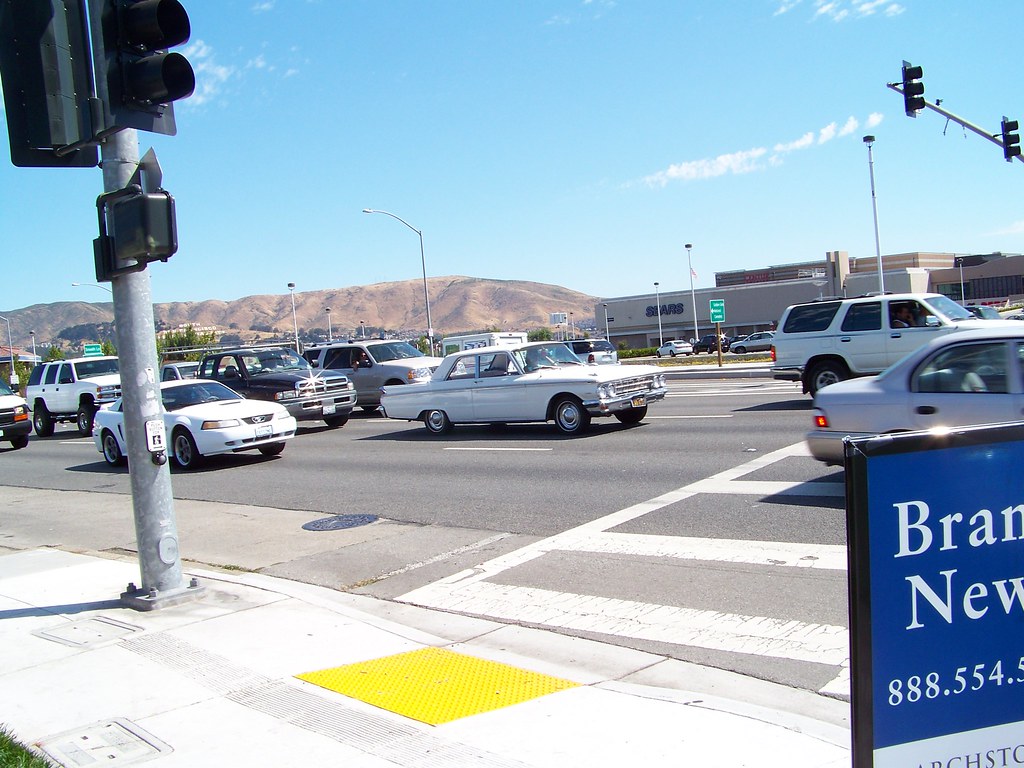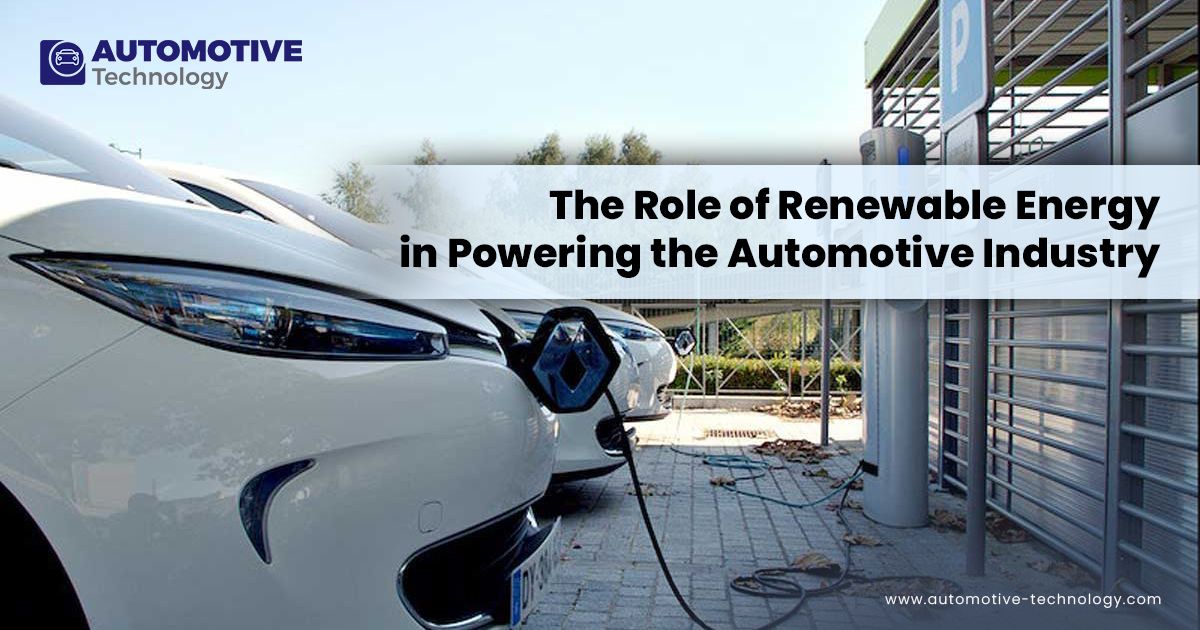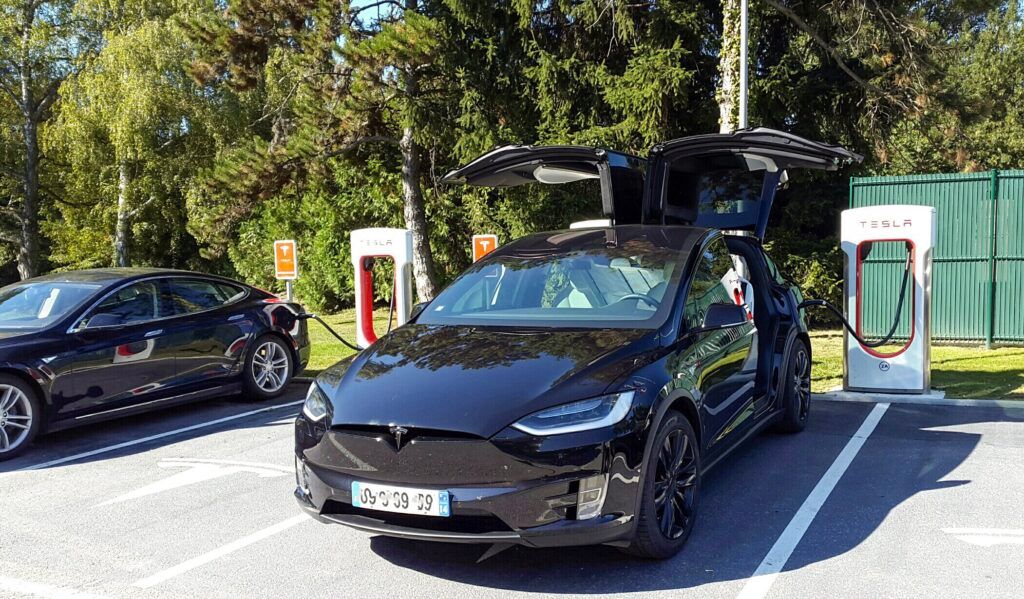
Rush hour traffic, that familiar daily gauntlet, is an undeniable part of modern life for countless drivers. It’s a period fraught with its own unique set of challenges, transforming what should be a straightforward journey into a stressful, time-consuming ordeal. From the exasperating stop-and-go motion that tests even the most seasoned commuters to the heightened risk of accidents, navigating congested roadways during peak hours demands more than just basic driving skills – it requires a strategic, proactive mindset.
But what if you could take back some control? What if you could transform that frustrating daily grind into a manageable, even productive, part of your day? This in-depth guide is designed to empower you, offering a comprehensive arsenal of practical, implementable tips and insights drawn from the experiences of experts and seasoned drivers alike. We’re here to help you cut through the chaos, mitigate risks, and reclaim your peace of mind behind the wheel.
We’ll delve into the core strategies that will not only enhance your safety but also significantly improve your overall commuting experience. From cultivating crucial personal habits and understanding the inherent dangers of peak-hour driving to preparing your vehicle for the unexpected, these foundational approaches are your first line of defense against the anxieties and hazards of heavy traffic. Let’s equip you with the knowledge and techniques to navigate rush hour confidently and efficiently.
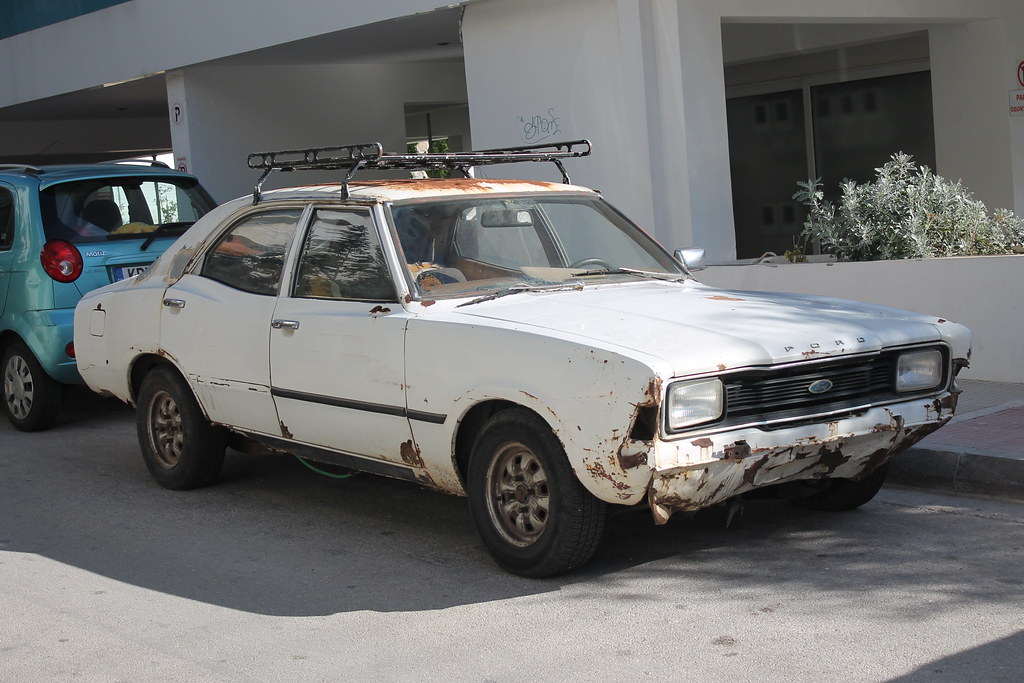
1. **Cultivate Calmness and Patience**The atmosphere during rush hour can be intensely charged, with stress levels often running high for everyone on the road. This pervasive tension, unfortunately, frequently leads to aggressive driving behaviors and road rage, significantly increasing the likelihood of accidents. However, the power to change this dynamic starts with you, right behind the wheel.
When you maintain a relaxed demeanor, you are far less likely to succumb to the temptation of engaging in risky maneuvers, such as aggressive lane changes or speeding, which can dangerously “escalate the likelihood of accidents in congested traffic conditions.” Instead of reacting impulsively to frustrating delays or other drivers’ actions, a calm driver can assess situations more clearly and make safer, more rational decisions.
This internal control acts as a buffer against the external pressures of heavy traffic, allowing you to drive defensively rather than reactively. One powerful technique to combat rising tension is to practice “deep breathing exercises, or engaging in mindfulness techniques to center oneself amidst the chaos of rush hour traffic.” Such simple practices can dramatically reduce stress and help you maintain optimal mental acuity. Furthermore, actively practicing patience and restraint behind the wheel helps “mitigate the temptation to engage in risky maneuvers.” Remember, your calm can be contagious, setting a better tone for those around you and ultimately contributing to a safer, more predictable environment for everyone sharing the road.
Read more about: Driving Expert’s Genius Tip: Stop Tailgaters Safely Without Hitting Your Brakes

2. **Eliminate Driving Distractions**In today’s hyper-connected world, distractions lurk everywhere, and they become exponentially more dangerous when combined with the complexities of rush hour traffic. “Distracted driving can be as dangerous as driving under the influence,” a stark warning that underscores the gravity of taking your eyes, hands, or mind off the road. During peak congestion, where reaction times are already reduced due to the stop-and-go nature of traffic, even a momentary lapse in attention can have catastrophic consequences.
The most common culprit, of course, is the cell phone. Texting, in particular, “makes you eight times more likely to crash,” transforming a quick glance into a potentially deadly decision. But distractions aren’t limited to smartphones; they encompass anything that diverts your focus from the primary task of driving. This includes “fiddl[ing] with the radio too much,” engaging too deeply with passengers, or even activities like “grooming, watching videos, and eating” while in motion. Every single one of these actions pulls your vital attention away from the road.
To stay safe and avoid accidents, it is absolutely “important to remove any possibility of distraction.” This means keeping your phone “out of reach,” pre-setting your navigation and music before you start driving, and making it clear to passengers that your primary focus must be on the road ahead. “Commit to focusing on the road and the task at hand: driving.” By consciously minimizing these internal distractions, you dramatically enhance your ability to anticipate hazards and react swiftly to the unpredictable nature of rush hour traffic.
Read more about: Top 7 Cars Under $40,000: Value, Performance, and Advanced Safety Features for Savvy Buyers
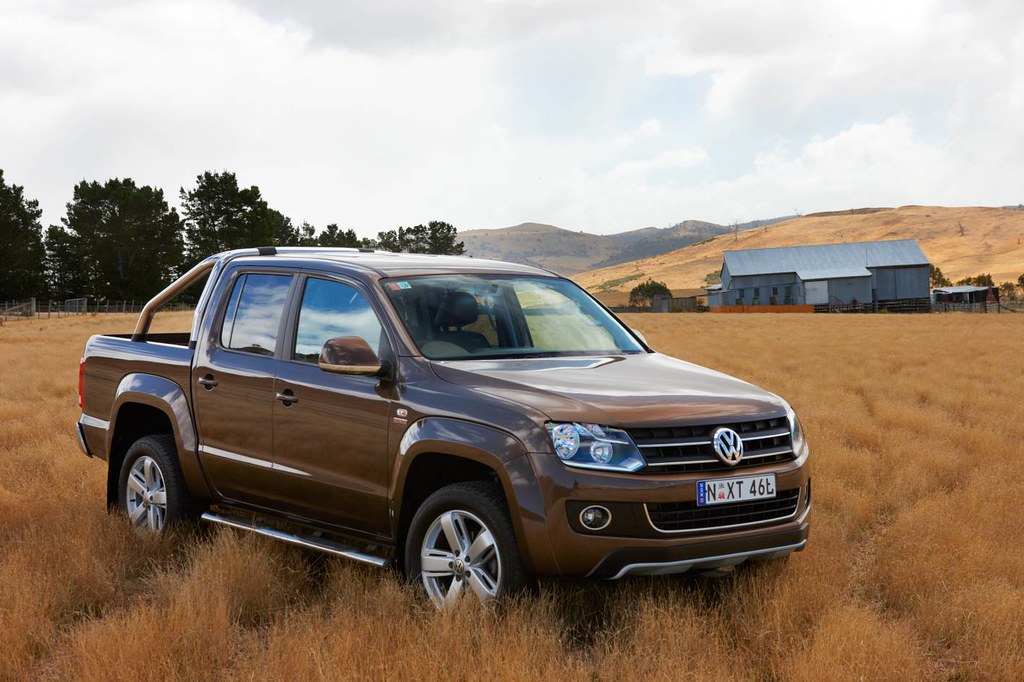
3. **Master Defensive Driving Techniques**Defensive driving isn’t just a buzzword; it’s a critical philosophy for anyone navigating the unpredictable waters of rush hour traffic. It’s about being proactive, not reactive, constantly anticipating potential hazards and preparing for the actions of other drivers. Even if you maintain your composure, “other drivers may still feel stressed while on the road,” leading to erratic behaviors like speeding or swerving. This is precisely why a strong defensive driving posture is “among the most effective ways to avoid traffic collisions.”
A cornerstone of defensive driving is maintaining a safe following distance. In stop-and-go traffic, “maintaining a safe following distance from the vehicle ahead is paramount, allowing for adequate reaction time in the event of sudden stops or emergencies.” This buffer zone provides precious extra seconds to brake or maneuver, preventing those all-too-common rear-end collisions. Even when completely stopped, leaving space ahead can prevent you from being “pushed into the vehicle in front of you if you’re rear-ended.”
Beyond following distance, vigilance and situational awareness are key. This includes “scanning mirrors regularly, signaling intentions clearly, and remaining mindful of blind spots when changing lanes or merging into traffic.” You need to be aware not just of the car directly in front of you, but also what’s happening two or three cars ahead, and what’s approaching from behind or the sides. “Practicing these driving safety tips consistently reduces your risk of accidents and helps create a safe environment for everyone on the road.” By actively observing and predicting, you empower yourself to respond confidently to sudden changes and steer clear of trouble.
Read more about: Unlock Your Brain’s Full Potential: 14 Science-Backed Habits to Outsmart ‘Brain Rot’ and Boost Your Cognitive Power
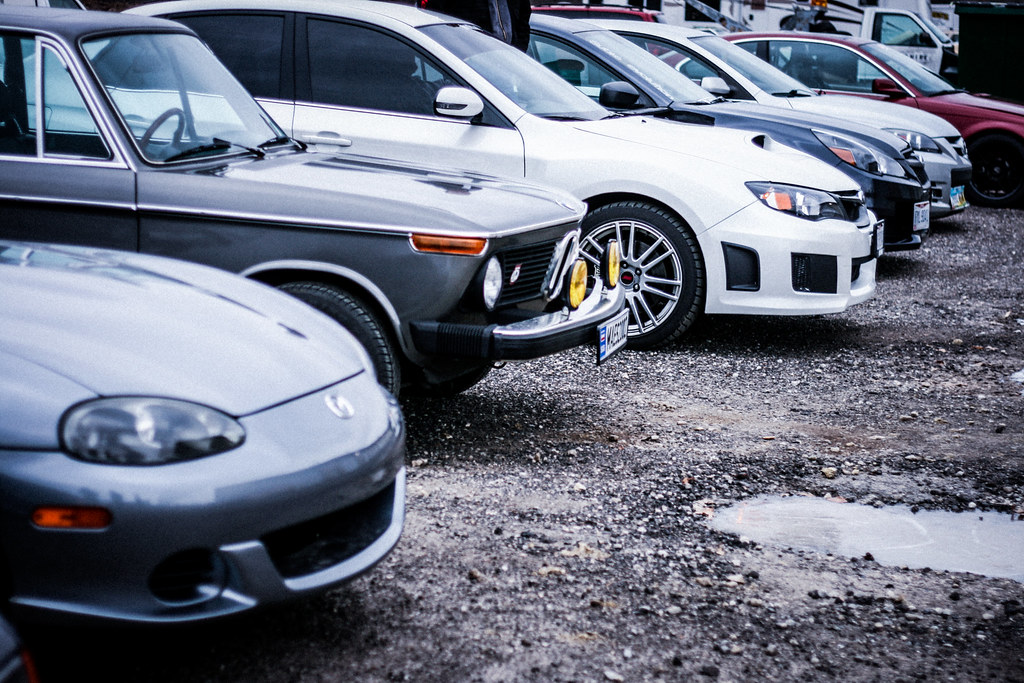
4. **Proactive Vehicle Maintenance**Your vehicle is your primary tool for navigating traffic, and its condition directly impacts your safety and efficiency, especially during the demanding conditions of rush hour. A safe commute truly “starts with a safe car,” meaning regular, proactive maintenance isn’t a luxury; it’s a necessity. Overlooking basic upkeep can lead to unexpected breakdowns, not only ruining your day but potentially creating a hazard for others in already congested lanes.
Think about it: a well-maintained car performs predictably. That means “going to the mechanic regularly to get your oil changed; your brakes checked, and ensuring that your alignment is correct.” Functional brakes are non-negotiable in stop-and-go traffic, where sudden stops are frequent. Correct tire pressure and alignment improve handling and stability, reducing the risk of a loss of control. These aren’t just minor adjustments; they are fundamental steps that “keep your car safe” and reliable.
Furthermore, if you’re in the market for a new vehicle, consider its safety ratings. “When shopping for a vehicle you’ll use on your commute, remember to check the Insurance Institute for Highway Safety (IIHS) ratings.” Look for models equipped with “next-level safety features such as adaptive cruise control, lane departure warnings, blind-spot detection, and automatic braking.” These advanced systems can provide an invaluable extra layer of protection, assisting you in avoiding collisions and navigating challenging rush hour scenarios more securely. Being prepared extends beyond your driving habits to the integrity of your ride.
Read more about: Beyond the Quarter-Million Mark: Our Shortlist of Cars Engineered for Extreme Longevity
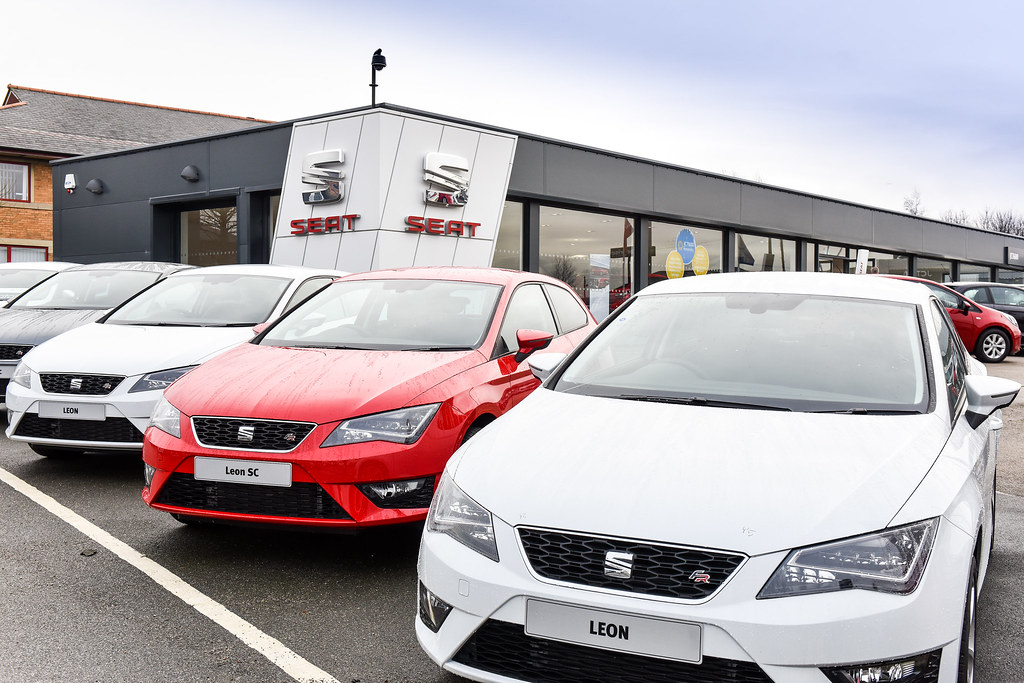
5. **Prepare for Environmental & Road Conditions**Rush hour traffic presents its own set of challenges, but these are often compounded by varying environmental and specific road conditions. Being prepared for these external factors can make a significant difference in maintaining safety and minimizing stress during your commute. It’s not just about avoiding other cars; it’s about anticipating how nature and infrastructure might impact your drive.
One common yet often overlooked hazard is sun glare. Depending on “the season, you may be driving in to or home from work while the sun is rising or setting.” This direct, low-angle sunlight can “result in dangerous sun glare that interferes with your visibility on your commute.” To combat this, always “take measures to be prepared with sunglasses, an operational car visor, and a clean windshield with working wiper blades.” Clear visibility is non-negotiable, particularly when traffic is heavy and reaction times are critical.
Beyond sun glare, consider other adverse conditions. “If you know it will be rainy or otherwise bad weather; you may need extra time to make it to work.” This is a key insight: “Leave early on tough driving days.” Giving yourself extra time means you can “drive calmly instead of suffering from anxiety about being late to work.” Keep an eye out for “inclement weather, the days before holidays, even back to school days” when traffic patterns and road conditions may be more difficult than usual. Adaptability and foresight in these situations are paramount for a smooth and safe journey.
Read more about: NHTSA Intensifies Scrutiny of Tesla: Unpacking Safety Concerns from Faulty Door Handles to Advanced Driver-Assistance Systems

6. **Mindful Driving & Situational Awareness**Mindful driving goes beyond simply being alert; it’s about fostering a profound “sense of presence and awareness on the road.” This approach emphasizes not just what’s happening immediately around your vehicle, but also anticipating potential issues further down the road and understanding the broader context of the traffic flow. In the chaotic environment of rush hour, cultivating this heightened “situational awareness” is crucial for preventing accidents and maintaining a calm demeanor.
A mindful driver is constantly processing information from all angles. This means actively “scanning mirrors regularly” to be aware of vehicles approaching from behind or beside you, as well as paying attention to brake lights and subtle shifts in speed several cars ahead. It also involves listening for unusual sounds and being attuned to changes in road surfaces. By integrating “mindfulness into one’s driving routine,” you can significantly reduce the “likelihood of distractions and enhanc[e] overall focus,” even amidst the hustle and bustle.
Furthermore, “staying vigilant and attentive to the actions of surrounding motorists is essential, as it enables drivers to anticipate and react to potential hazards in real-time.” This isn’t just about seeing; it’s about interpreting. Are there vehicles aggressively weaving? Is someone distracted? Recognizing these cues allows you to adjust your speed, lane position, or even choose an alternate route proactively. By adopting this attentive and focused approach, you contribute directly to “promoting safer and more attentive driving behaviors in rush hour traffic,” for yourself and for everyone else.
Read more about: Journey into the Abyss: Uncovering 15 of Earth’s Most Perilous Tourist Destinations for the Adventurous Traveler
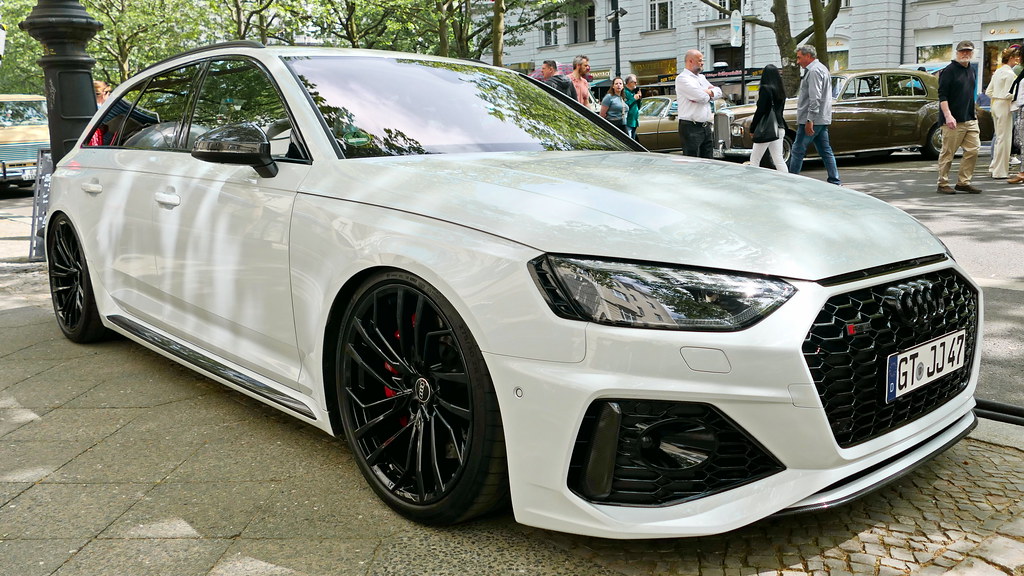
7. **Understand Common Rush Hour Dangers**To truly navigate rush hour traffic safely, it’s not enough to simply react to problems as they arise; you must first understand the “inherent risks and potential hazards lurking around every corner.” Recognizing these common dangers allows you to anticipate them and adjust your driving habits accordingly, transforming you from a passive participant into an active manager of your road safety. Awareness is the first step toward prevention.
One of the most prevalent dangers is “rear-end collisions,” which are unfortunately common in stop-and-go traffic where “reduced reaction time and increase[d] the likelihood of fender benders.” Drivers caught off guard or following too closely are prime candidates for these often-frustrating, sometimes serious, incidents. Another significant threat comes from “aggressive driving” – behaviors like “tailgating and lane weaving” – fueled by the frustration of delays, which “further compounds the dangers posed by rush hour traffic.” These actions dramatically increase the risk of multi-vehicle pile-ups.
Moreover, “distracted driving” reaches peak levels in heavy traffic, as drivers may “turn to their phones, GPS, or food, taking their attention off the road.” This compounded with “reduced visibility” from sun glare during peak hours, creates a perilous mix. In urban areas, the “pedestrian and cyclist risks” also climb during busy times, requiring heightened vigilance from drivers. “Recognizing these rush hour traffic risks can help you adjust your driving habits for safe travel,” empowering you to make informed decisions that prioritize safety above all else.
Read more about: Goodfellas’ Unvarnished Lens: The Realities of Mob Life That Challenge Our Grandest Narratives
8. **Plan Your Route Strategically**Beyond individual driving habits, one of the most impactful ways to alleviate rush hour stress and navigate traffic calmly is through smart, strategic route planning. It’s about being proactive before you even turn the key, ensuring that the path you choose is the most efficient and least congested available. This foresight can dramatically reduce your time behind the wheel and your exposure to frustrating bottlenecks.
Taking the safest route means consciously choosing to “avoid highly trafficked or busy roads and intersections” whenever possible. It’s highly beneficial to “familiarize yourself with alternative routes that may be less crowded or offer better traffic flow.” Sometimes, this might mean exploring back roads or slightly longer scenic routes that, surprisingly, prove faster and far more enjoyable than battling bumper-to-bumper highway congestion. The goal is a smoother, calmer drive, not necessarily the shortest distance.
Cities like Los Angeles, infamous for their traffic, provide stark examples of why route planning is crucial. Areas like “Interstate 405,” “Interstate 10,” “Hollywood,” the “Hollywood Freeway (Route 101),” and “Downtown Los Angeles” are almost always congested. For instance, the “405, also known as the San Diego Freeway, is notorious for congestion.” Knowing this, you can look for alternatives like “The Sepulveda Transit Corridor [that] runs parallel to the 405,” or even taking “the 101 north to the 156, which connects to Highway 1,” or utilizing “The Laurel Canyon and La Cienega Freeways [that] offer connections between the basin and valley.” These insights empower you to make informed decisions.
Planning ahead isn’t just about avoiding static trouble spots; it’s a dynamic process. Traffic conditions are constantly changing, influenced by accidents, construction, and even local events. Regularly reviewing your planned route and being open to new paths can be the difference between a smooth journey and a frustrating crawl. This strategic approach to route selection is a cornerstone of confident, efficient commuting.
Read more about: Survival Savvy: 14 Essential Tools More Critical Than a Tent for Wilderness Safety
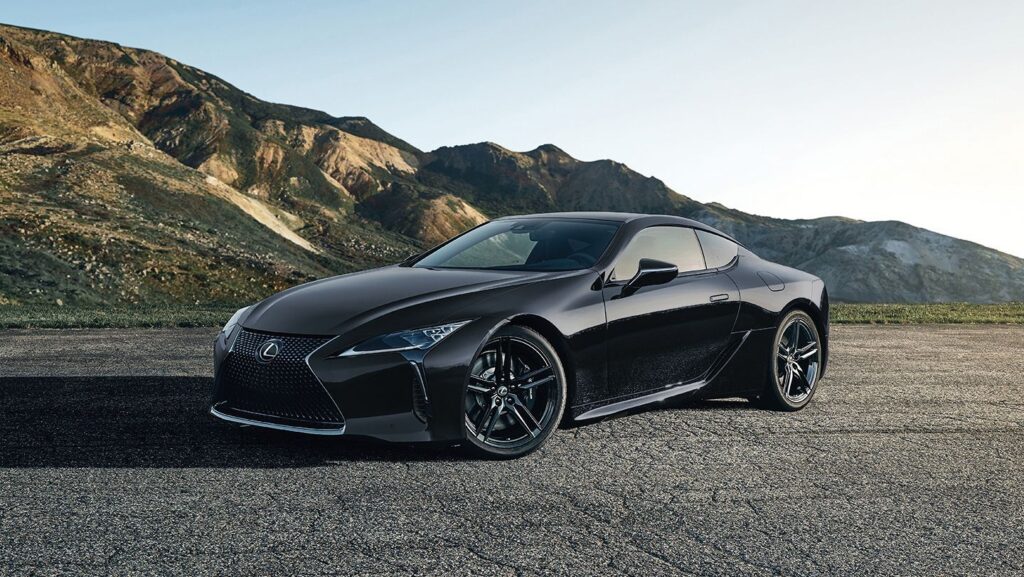
9. **Optimize Your Departure Time**When it comes to outsmarting heavy traffic, “timing is everything.” Finding the sweet spot for your departure can drastically cut down on travel time and significantly lower your stress levels. It’s a simple concept with profound implications for your daily commute, allowing you to bypass the worst of the congestion before it even begins.
The most straightforward strategy is to “avoid peak hours altogether.” Rush hour typically clogs roads during the morning and evening as everyone heads to and from work. By adjusting your schedule to leave “earlier or later than the masses,” you can often reduce your travel time considerably. Weekends, too, have their own peak times; try to “complete your driving errands before noon on weekends” to dodge intense midday and afternoon traffic.
If your job offers flexibility, take advantage of it. “Many employers can offer flexible work hours that make it possible to arrive and depart from work during off-peak hours for driving.” This could mean starting your day earlier, say 7 a.m., or shifting to a later schedule, like 10 a.m. to 6 p.m. Such adjustments can align your commute with quieter road periods, transforming a grueling drive into a more pleasant experience.
Don’t be afraid to “experiment with different times” to discover what truly works best for your specific commute. Over a few weeks, try varying your departure by 15-30 minutes and track the impact on your travel duration. This data-driven approach will help you “identify patterns and pinpoint the most efficient times for travel,” ultimately saving you precious moments and reducing daily driving anxiety.
Read more about: Airline Insiders Reveal: The ‘Secret First Class’ Seats Hiding in Plain Sight and How to Master Premium Travel
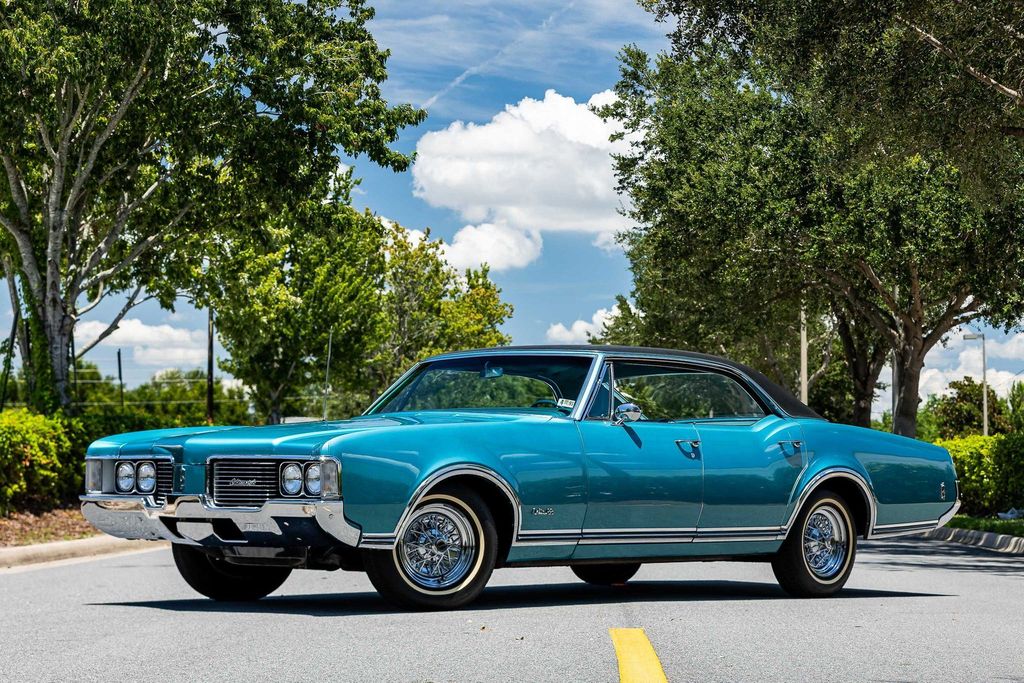
10. **Leverage Real-Time Traffic Apps and Information**In our modern world, navigating rush hour doesn’t have to be a guessing game, thanks to the power of real-time traffic applications and information services. These technological aids are invaluable tools for making informed decisions, helping you to bypass unexpected delays and maintain a calm, efficient commute. They effectively put up-to-the-minute road intelligence right at your fingertips.
“Apps like Google Maps and Waze are incredibly helpful for navigating LA’s traffic”—and traffic everywhere else, for that matter. These powerful tools provide “real-time updates on traffic conditions, alert you to nearby events, and suggest alternate routes” at a moment’s notice. “Checking your route before leaving can give you a clear idea of the best way to reach your destination on time,” allowing you to adjust your plans proactively.
Before you even pull out of the driveway, it’s smart to “check the latest traffic conditions through reliable sources such as local news channels, radio stations, or traffic apps.” This initial check provides a crucial snapshot of what lies ahead, enabling you to “adjust your departure time accordingly” if a major accident or unexpected congestion is reported. Such preparedness is key to avoiding frustration down the road.
Staying informed isn’t a one-time check; it’s an ongoing process. “Remember that traffic conditions can change every day depending on accidents, construction, even events.” Make it a habit to “stay updated on traffic news” by tuning into local radio for updates, following traffic-focused social media accounts, or subscribing to real-time email alerts. This constant awareness ensures you can “make informed decisions and choose alternate routes when necessary,” keeping you ahead of the curve.
Read more about: Signal Lost? Expert Tips and Apps for Seamless Offline Navigation on Your Next Road Trip
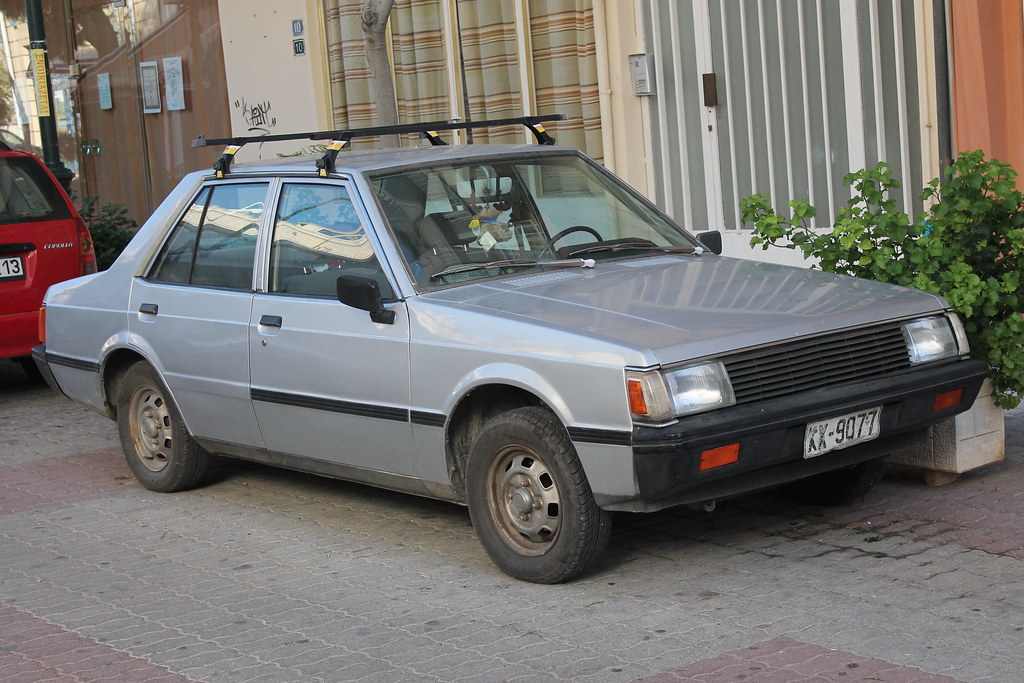
11. **Embrace Carpooling and Public Transportation**One of the most effective ways to personally alleviate rush hour stress, while also contributing to a broader solution, is to step away from solo driving. Embracing alternative transportation methods like carpooling and public transit can significantly reduce the number of cars on the road, easing congestion for everyone and offering you a less stressful journey.
“Sharing rides with colleagues or neighbors not only reduces the number of vehicles on the road but also helps alleviate traffic congestion and lowers individual commuting costs.” Carpooling is a win-win: you save money on gas and parking, reduce your carbon footprint, and often enjoy a more relaxed commute by sharing driving duties. It transforms a solitary, frustrating experience into a more social and economical one.
Public transportation presents another compelling option. “By taking the bus or metro, you avoid the stress of driving and can relax or catch up on your favorite shows during the ride.” In major metropolitan areas, such as Los Angeles which “ranks third among the top metropolitan areas in the U.S., so public transit options are widely available,” buses and trains often utilize dedicated lanes or routes that bypass heavy traffic entirely. This means a smoother, more predictable commute, allowing you to reclaim your time for reading, working, or simply unwinding.
For those who still need to drive but want to cut down on travel time, “carpool lanes are available not only during peak hours but also at other times.” If you’re carpooling, or if you have a “Clean Air Vehicle decal,” you’re eligible to use these often faster lanes on designated routes. While decals might have limitations, exploring this option can provide a noticeable advantage, speeding up your journey through otherwise gridlocked stretches.
Read more about: Unlock Your Financial Potential: A Comprehensive Guide to Budgeting Methods That Actually Work
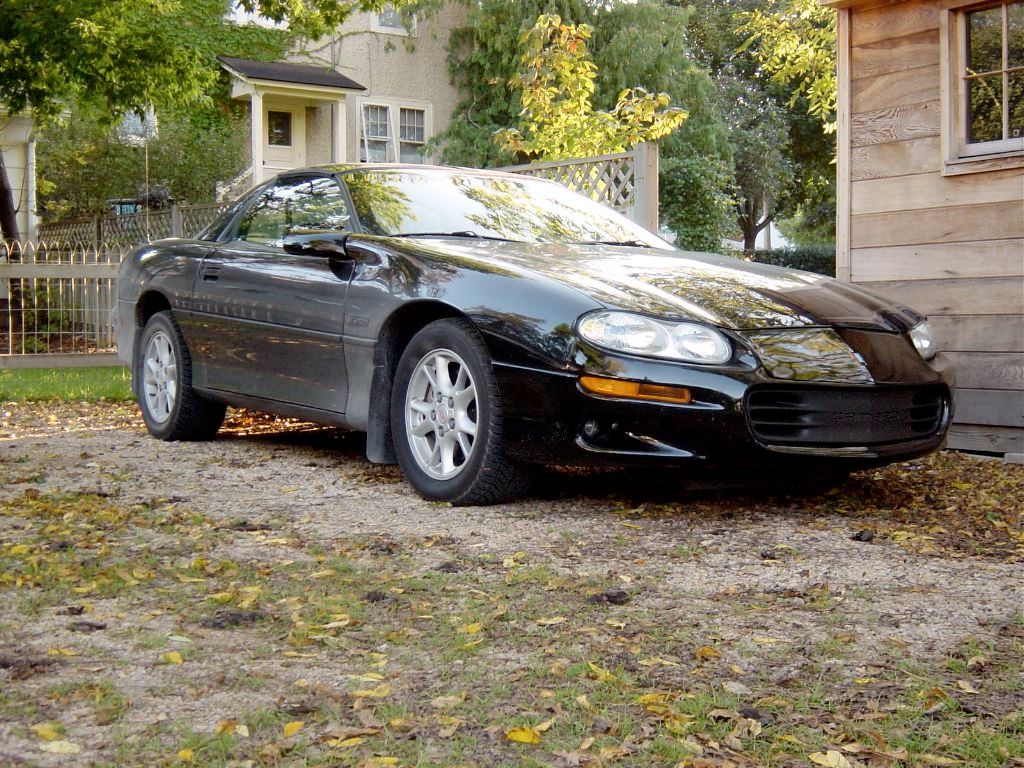
12. **Consider Alternative Commuting Methods**To truly outmaneuver the frustrations of heavy rush-hour traffic, sometimes the best approach is to re-evaluate how you get around entirely. Thinking beyond the traditional single-occupant car can open up new possibilities for a calmer, more efficient commute, and even offer health and environmental benefits along the way.
For some, especially those navigating dense urban areas, “using two-wheelers when possible” can be a game-changer. Motorcycles, scooters, and even bicycles are often “easier to maneuver through heavy traffic” than cars. This enhanced agility can significantly cut down travel times in congested areas, though it’s crucial to always prioritize safety and awareness given the increased vulnerability of two-wheelers on busy roads.
Expanding on this, active transportation methods like “biking or walking can help reduce the number of vehicles on the road during peak hours.” While not feasible for everyone or every distance, for shorter commutes, these options offer a fantastic way to combine your travel with exercise. Cities like Copenhagen have showcased the success of “extensive cycling infrastructure, resulting in a significant decrease in rush hour congestion and improved air quality.”
“Exploring and adopting alternative transportation options” is about finding what works best for your specific situation, balancing practicality with personal well-being. Whether it’s the speed of a motorcycle, the health benefits of cycling, or the relaxation of public transport, moving away from sole reliance on a personal car during peak hours is a strategic step towards a more manageable and less stressful daily journey.
Read more about: The Enduring Allure of Home-Based Crafting: Unleashing Creativity in a Changed World

13. **Make the Most of Your Time in Traffic**Even with the best planning, alternative routes, and flexible schedules, some amount of time in traffic is often unavoidable. Instead of letting this time become a source of mounting frustration, you can reclaim it by making it productive or enjoyable. As the saying goes, “Staying entertained on your commute may not make you safer, but it will make you happier and more at peace with your daily drive.”
This isn’t an invitation to engage in distracted driving; quite the opposite. The key is to choose “safe entertainment alternatives such as audiobooks, podcasts, and lectures that can have you engaged without taking your focus off of the road.” These options allow your mind to be stimulated and entertained, turning otherwise dead time into an opportunity for learning or relaxation, all while your eyes remain fixed on the road ahead.
For moments when you’re completely stopped, or if you have longer breaks between peak hours, consider planning activities around your commute. “In such cases, consider planning activities near your workplace or along your commute route to make the most of your time.” This could mean hitting the gym before the evening rush, running errands at a less busy time, or even meeting friends for dinner before heading home. “By engaging in productive or enjoyable activities during peak hours, you can make the most of your time and reduce frustration.”
What you definitely want to avoid is letting boredom lead to dangerous habits. “Listening to the radio day in and day out can get old and leave you bored — maybe even tempted to text or check in on Facebook while you’re sitting in traffic.” This reinforces the importance of Item 2, eliminating distractions. By having engaging, hands-free audio content ready, you can actively combat boredom and keep your focus where it belongs: on driving. This proactive approach turns wasted time into valuable time, contributing significantly to a calmer commute.
**Navigating Rush Hour with Poise and Resilience**
Successfully navigating the formidable challenge of rush hour traffic isn’t about magical solutions, but rather a deliberate combination of preparation, awareness, and strategic choices. This comprehensive guide has equipped you with a powerful arsenal of insights, moving beyond basic driving skills to empower you with a proactive mindset. From cultivating personal calm and mastering defensive techniques to meticulously planning your routes and leveraging technological aids, every tip is designed to enhance your safety and significantly improve your overall commuting experience.
Read more about: 15 Classic Cars You Might Want To Skip: An Expert Guide for Discerning Collectors
Whether you’re exploring flexible work hours, embracing public transportation, or simply transforming your time in traffic with engaging audio, the underlying principle remains constant: taking control. By understanding the inherent risks, making informed decisions, and committing to responsible driving habits, you can transform that daily grind into a manageable, even productive, part of your day. It’s about cultivating a mindset of vigilance, patience, and responsibility, ensuring not just your own well-being but the safety of everyone sharing the bustling thoroughfares. With these strategies in hand, you’re ready to navigate rush hour traffic with poise, resilience, and a newfound sense of calm.

